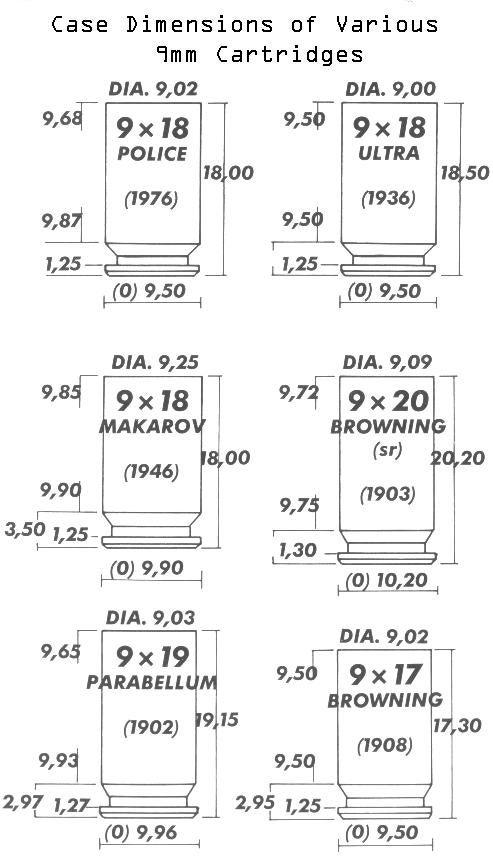daveg.inkc
Hunter
Then add in the year .30'06. Then the powder charge .45-70

Best comment yet.contender said:Welcome to the wonderful world of firearms!!!!!!!
Every one of those cases you show use the same 9 mm (0.355") bullet and all are 9 mm cartridges. The cases vary in length, head size and other dimensions (and allowable pressure) but they are all true 9mm cartridges.Durango Dave said:While I used to think caliber always meant the diameter of the bullet. I now realize this term does not have a standardized meaning. Sometimes it's the diameter of the bullet, sometimes the casing, sometimes the barrel and sometimes the caliber does not correlate to any specific dimension. For example it seems that a 9mm bullet was originally 9mm in diameter. Then they made variations on this cartridge and nothing is 9mm any longer.
